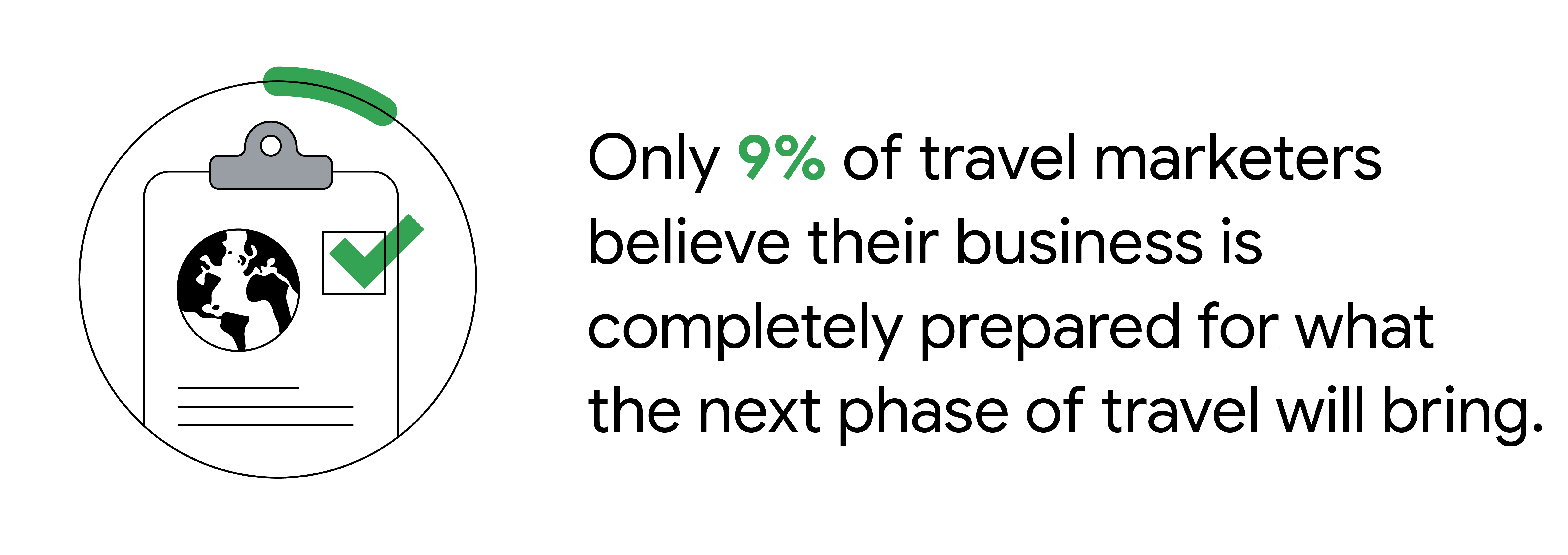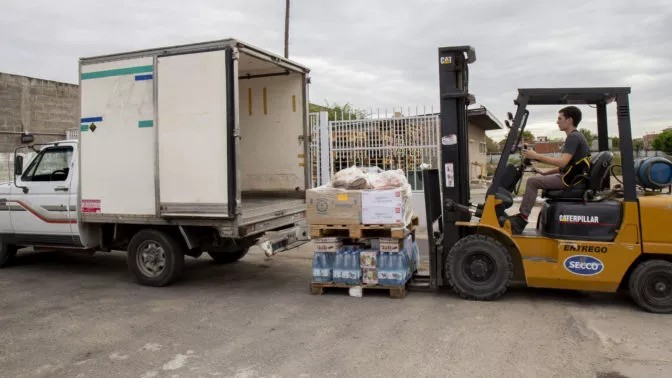Tourism is taking off. Here’s what travel marketers can do now
The travel industry has been hit especially hard by the pandemic. It was first into the crisis — and will likely be among the last out of it. Even now, as restrictions loosen, worldwide tourism spending isn’t expected to fully recover until 2023. And McKinsey predicts international air traffic won’t return to 2019 levels before 2024.
There is hope though. We see from Google searches that people want to travel, provided they feel safe to do so. Global searches for “where to travel” and “can I travel” are near all-time highs. But as customer needs, priorities, and expectations continue to shift, only 9% of travel marketers believe their business is completely prepared for what the next phase of travel will bring.1
At Google we’ve done new research to help the industry adapt to the travel needs of today — and tomorrow. Let’s dive into the latest consumer trends and tools to help your business stay ahead.
Travelling for people instead of places
New research from Google and Kantar shows that a primary motivator for travel right now is visiting friends and family. This is echoed by tourism academic Fabio Carbone, who highlights that consumers are looking to travel more for people than destinations. Travel brands can take action by shifting away from more traditional traveller themes; emphasise human connections and shared experiences on your website and ads.
Another travel motivator is ‘getting away’. After a dry period of travel, people are looking to disconnect from day-to-day life. With continuously changing restrictions, and ongoing hesitancy over long-distance trips, travel brands should look for opportunities to show how they can help people press the reset button and enjoy life’s simple pleasures.
Quickly adapting to changing consumer needs has helped many companies survive this pandemic. A good way to respond to these changes is through the use of Dynamic Search Ads (DSA). Whenever someone searches using words or phrases similar to those on your website, Google Ads automatically creates a clear and highly-relevant ad headline that can bring more people to your site.
Destination: Domestic
With global travel restrictions continuing, many travellers are looking for getaway destinations closer to home, and that’s unlikely to change anytime soon. Intent to travel domestically continues to rise, especially in Germany, Italy, Poland, Spain, Turkey, and the U.K.
On the plus side, all that homegrown business is helping to sustain many tourist destinations, and will continue to be a key recovery driver in the short to medium-term.
What can your business do to connect with domestic travelers? In South Africa, there’s been a huge rise in locals searching for “things to do”, and interest in “campsites” has more than doubled. Consider getting back to basics, and explore how you can help people tap into those forgotten or under-valued treasures nearby.
Focus on sustainability
Sustainable travel was already cited as a trend back in 2019. While 2020 saw far less travel than anyone could have anticipated, this green trend continues to grow. Our research shows that environmental responsibility may become a bigger focus for future travelers, as 42% of travel marketers expect this to be an increasing need.2
Engage green-conscious consumers by offering eco-friendly experiences and services, and exploring ways to highlight sustainability credentials in your marketing communications.




Comments